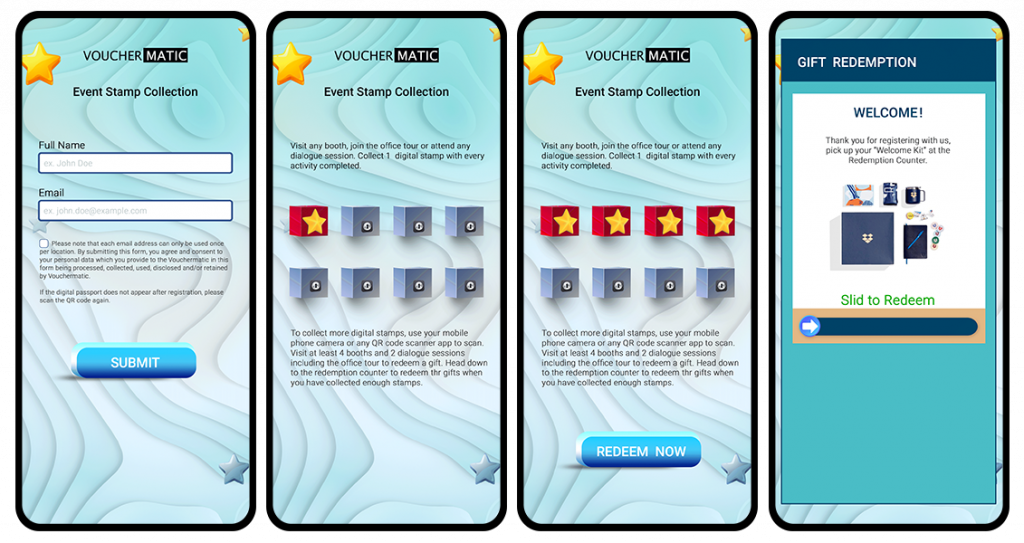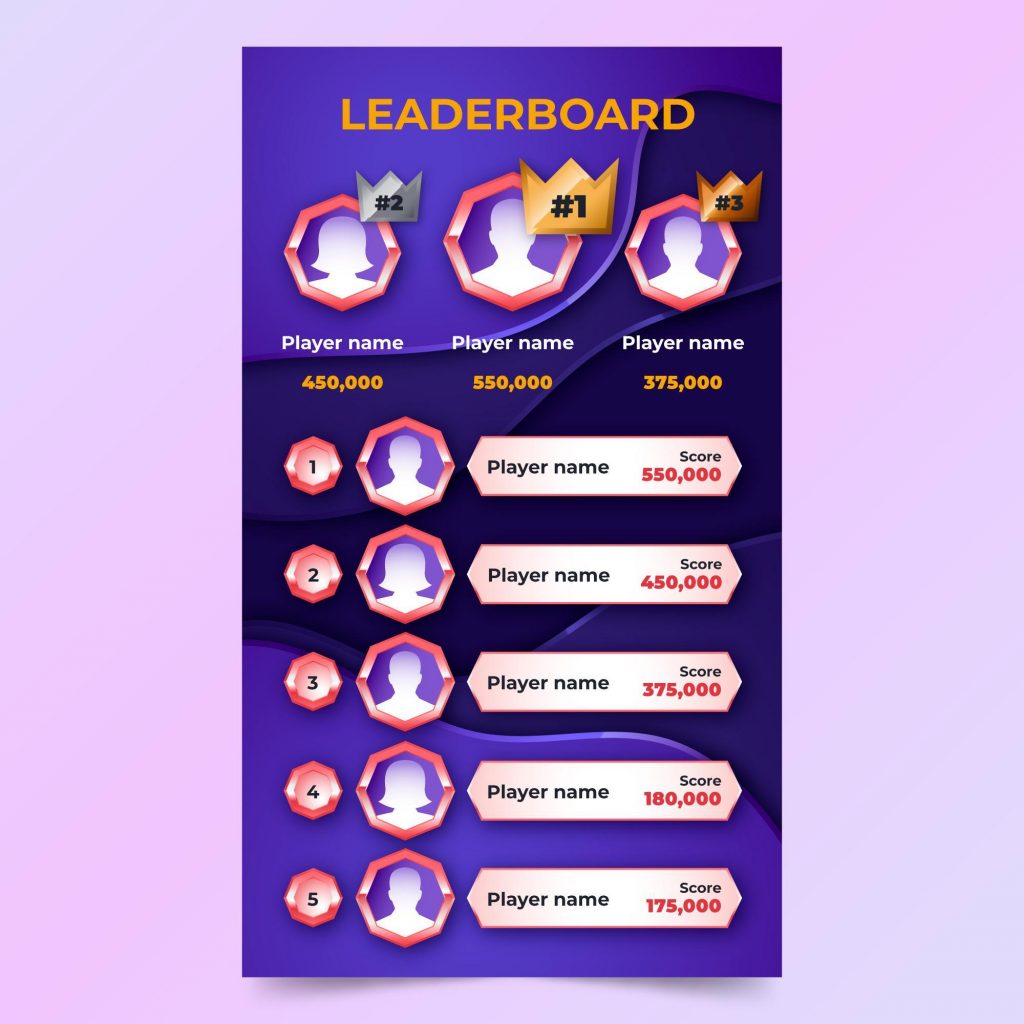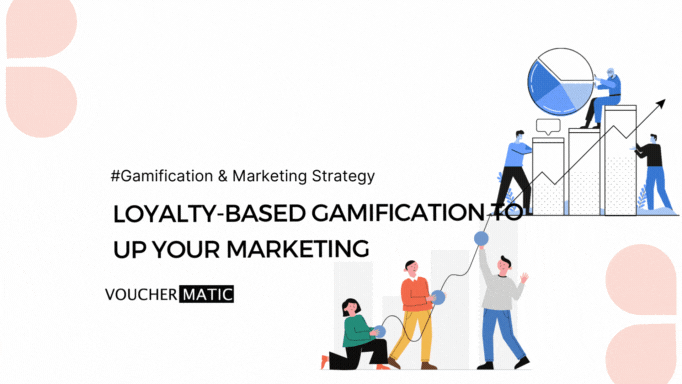In this information age, technology is proliferating at an unprecedented rate. Naturally, consumers turn to their laptop and mobile phones for everything nowadays, and that includes retail.
It only makes sense for you to turn to digital solutions for your marketing campaigns as well, so that you can reach as many people as possible. However, this scene is also turning into quite the crowd.
With so many marketers vying for consumers’ attention, it seems almost impossible for your voice to reach them over the cacophony. How are you going to acquire customers that way?
Maybe it’s time to try a different approach… Perhaps it’s time you adopted gamification.
Gamification in Marketing

Gamification refers to the implementation of game mechanics into a non-gaming environment. This means that you take elements of what is usually present in video games and add that to your marketing campaign.
Though they are both very different things, this endeavour may be easier than you think. No matter whether you are working on a loyalty program, or organising an event, you can always add a little element of fun to your campaigns.
Moreover, you don’t implement game mechanics “for the heck of it.”
Gamification has been proven to increase customer acquisition by 7 times. Not only that, but game-based motivation can increase website visits by 108.5%, and increase browsing time by up to 30%.
Indeed, we see the draw of implementing game mechanics in your marketing campaign.
But there are so many different gaming elements out there. What kind of mechanics are suitable for you?
Loyalty Based Digital Marketing Game Mechanics
Here are some commonly-seen loyalty based mechanics handpicked for you to pursue your digital marketing game.
You would have seen some of them before, or it may be new to you entirely. Either way, implementing even one of these would definitely bolster your customer engagement by a ton.
1) Point System

This is the most basic mechanic that you will find in most digital marketing games. Point systems are mostly used in loyalty programs, where customers need to collect a certain number of points to be eligible to redeem a prize.
This digital marketing game entices customers to engage with you to get one step closer to claiming that prize.
This system can also be applied to event minigames, where customers are required to visit booths or listen to seminars to gain points.
Customers get to win rewards, or even participate in other minigames like Lucky Draw, as long as they have enough points to qualify.
Point systems work because they give customers a visual indicator of their progress to reach the next reward.
It’s a constant reminder of how much they have already done—invoking loss aversion in them—and how close they are to getting that reward that urge them to continue playing.
2) Tier System
Another familiar mechanic in digital marketing games is the tier system. This is reminiscent of “levelling up” in videogames.
Normally, the tier system goes hand in hand with point systems. When customers amass enough points or redeem enough rewards, they can be eligible to rise to a higher tier.
Higher tiers tend to present greater benefits to your customers, which encourages them to earn more points, and spend more, or interact with you more.
This taps into customers’ want for exclusivity—the feeling of having something that others don’t.
3) Badges
Like point systems, badges are a visual indicator of what customers have achieved, such as spending a certain amount of money in a single purchase.
These badges can be displayed on customers’ profiles, and they can show off to the world what they have accomplished with you.
Badges work in digital marketing games as they are a symbol of recognition of what your customer has done. More than that, it is also a sign that the company appreciates them.

However, when implementing badges, you should not make it very easy to obtain. After all, it defeats the purpose of the badge if everyone can just get one willy-nilly.
It loses the shine and draw that it has, and customers would be less willing to spend their time and effort trying to obtain it.
This leads to lower engagement and the exact opposite of what you intended with your digital marketing game.
4) Leader Board

Humans have an innate sense of competition built into us—we want to prove that we are better than others, and would work hard towards attaining that goal. By implementing a leader board, you can prompt competition between your customers.
This way, you can not only recognise customers who have engaged the most with you, but you can also encourage those who did not to do so. That is, if they want to see their name on the leader board.
Your leader board can be accessed in real time, to show customers rising or falling in rank. Alternatively, you can reveal the top three customers at the end of every week or month and thank them for their business with you, and you can even give them a small prize.
It’s up to you how many customers you want to congratulate, and what the criteria for getting on that board is. Maybe it’s the top 5 spenders with you that month, or maybe the top 3 customers who earned the most points.
5) Avatars and Aesthetic Details

Personalisation is a big thing for customers nowadays—80% of customers would prefer buying from a company that provides a tailored experience.
One way you can do in your digital marketing game is for your customers to create their own personal avatar, and to customise the aesthetics of their account to suit their preferences.
This can include coloured borders, background themes, or even clothing designs for your customers’ avatars.
Having this option can show the lengths that you’re willing to go to, to make sure that they have a good time. Customers may feel special as they customise their account, and they can even share their account aesthetics on social media.
This not only engages them more, but it can also help you in getting word of your digital marketing game out there. This can draw more people to your campaign, and boost its effectiveness and reach.
Conclusion
These several game mechanics you can introduce into your digital marketing game better engage customers and make the shopping experience more fun for them.
Not everything has to be implemented—you can pick and choose what type of mechanic you want to use.
But these mechanics are add-ons—you can’t implement them if you don’t have a foundation to work off. This is where we come in—we at Vouchermatic specialise in gamification. We can help you get your first digital marketing game started.
Using our API-first platform, we can incorporate games, stamp cards and more into your webpage or app seamlessly. Moreover, we let you completely customise these game designs based on your brand image.
Browse our repertoire of games, or contact us for more details! Our dedicated team would be happy to answer your queries, and you can even request a free demo!

